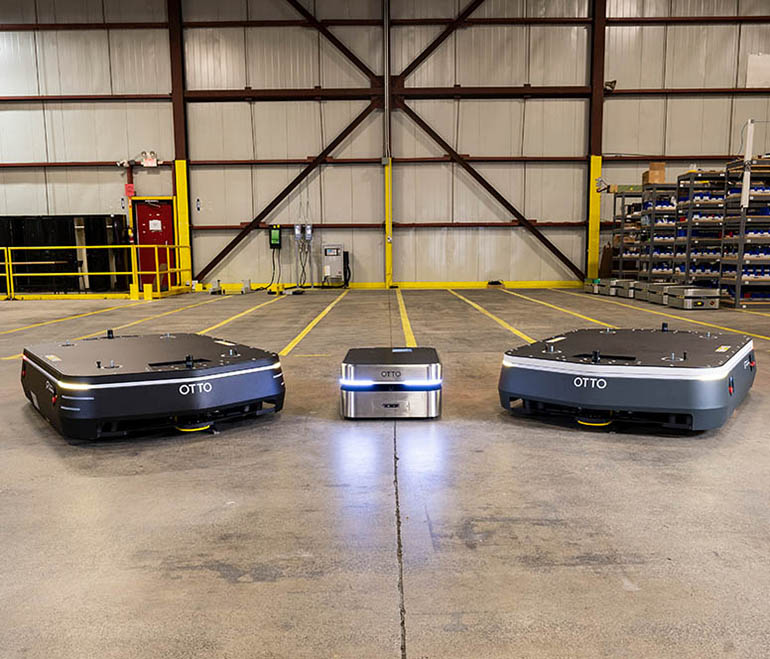|
Listen to this article  |

How autonomous mobile robots are driving warehouse productivity
By Sonia Jose, Senior Product Manager, Honeywell Robotics
The growing convenience of online ordering, coupled with the COVID-19 pandemic, has led to a massive increase in e-commerce demand. As distribution centers (DCs) face this new level of operational complexity and increased labor scarcity, warehouse automation has become essential to the survival of any DC operation.
Autonomous mobile robots (AMRs) are emerging as a cost-effective solution that requires minimal information technology (IT) or infrastructural changes for DCs looking to automate. Advances in AMRs have allowed them to overcome traditional barriers to automation in DCs and complex manufacturing operations. Thanks to innovations in vision, mapping and safety, mobile robots are now able to “share the road” with humans and vehicles, navigate new routes, or respond to order changes. No tape, markers or wires are needed for navigation, and the robots require only a short set-up period to learn their surroundings.
Mobile robots are no longer the technology of the future. Today, DCs are utilizing AMRs to ease labor burdens, improve productivity and safety, reduce errors, and lower operational costs in a variety of scenarios, including:
- Pallet conveyance
- Picking and cart transport
- Automated machine tending
These applications are just the beginning of the possibilities of mobile robotics. AMR technology can be tailored to specific challenges to optimize your unique workflows. And with advanced simulation and emulation tools, operators can calculate highly accurate throughput and performance estimates before beginning site integration.
Download our white paper to learn how autonomous mobile robots can optimize your operation’s workflows.
Learn More
Sponsored content by Honeywell Robotics
Credit: Source link


Comments are closed.